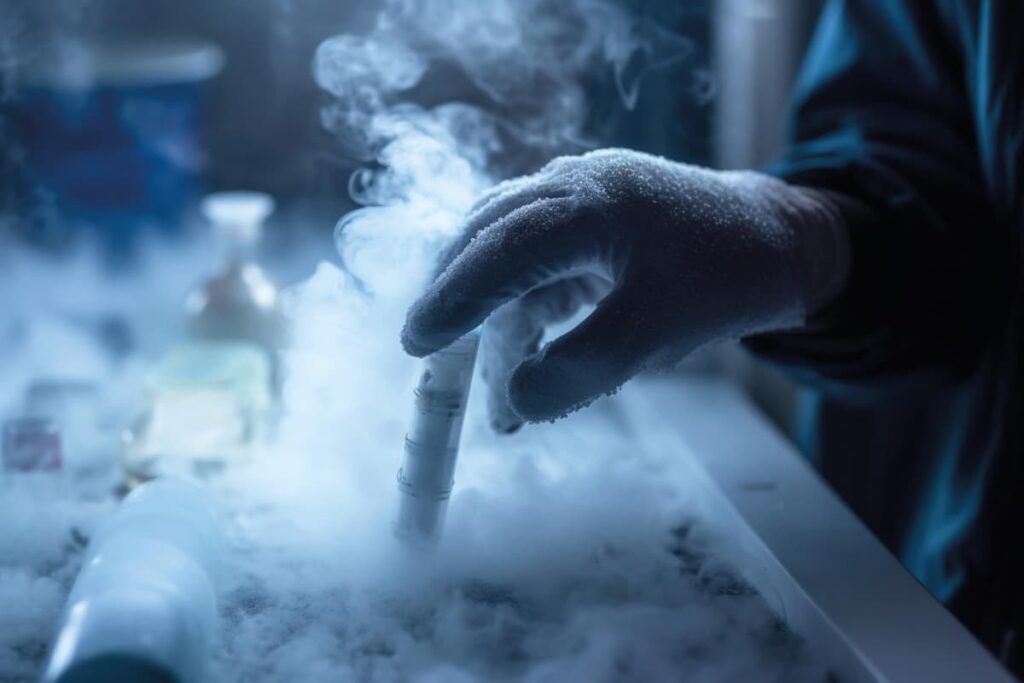A new way to power cryogenic coolers can achieve temperatures near absolute zero up to 3.5 times faster, or using around 71% less energy, compared to existing technologies.
The new method, developed by a team of researchers at the National Institute of Standards and Technology (NIST), can be used to freeze and preserve biological tissues, embryos, eggs and sperm.
Cryogenic cooling is also used to run CERN's particle accelerators – a process that takes several weeks, using cryogenic cooling techniques to reduce the temperature of helium to 80K (-193C), then to 4.5K (-268C), before it is injected into magnets and cooled to 1.9K (-271C).
The technology is also used in engineering projects and magnetic levitation systems, and aids in deep space exploration, such as cooling scientific instruments in the James Webb Space Telescope and suppressing infrared background noise.

©NIST
At extremely low temperatures, superfluidity allows a liquid such as helium to flow without resistance and climb the walls of its container, while superconductivity allows electric current to pass through a material without resistance.
As temperatures approach absolute zero, quantum phenomena slow down and Bose-Einstein condensation occurs, causing atoms to behave like single atoms and form “superatoms.”
But approaching absolute zero is costly and time-consuming, and for over 40 years, pulse tube refrigerators (PTRs) have been the primary technology for reaching 4K.
“Today's commercially available PTRs are tuned to operate only at the base temperature, resulting in slow cooling rates and wasting compressor power input,” the researchers said.
The team developed an analysis to optimize the PTR depending on temperature and found that the buffer tube in modern PTRs needed to be redesigned for the refrigerator to take advantage of all the power the compressor could generate.
The researchers highlighted the inefficiency of the PTR at room temperature (the temperature at which cooling begins) and improved its efficiency by redesigning the connection between the compressor and the refrigerator, arranging the valve to stay open initially and then gradually close.
This increased the cooling rate by 50% to 75% without wasting helium.
If commercialized, the researchers say their prototype device could save an estimated 27 million watts of electricity per year, $30 million in global electricity consumption, and enough cooling water to fill 5,000 Olympic swimming pools.

